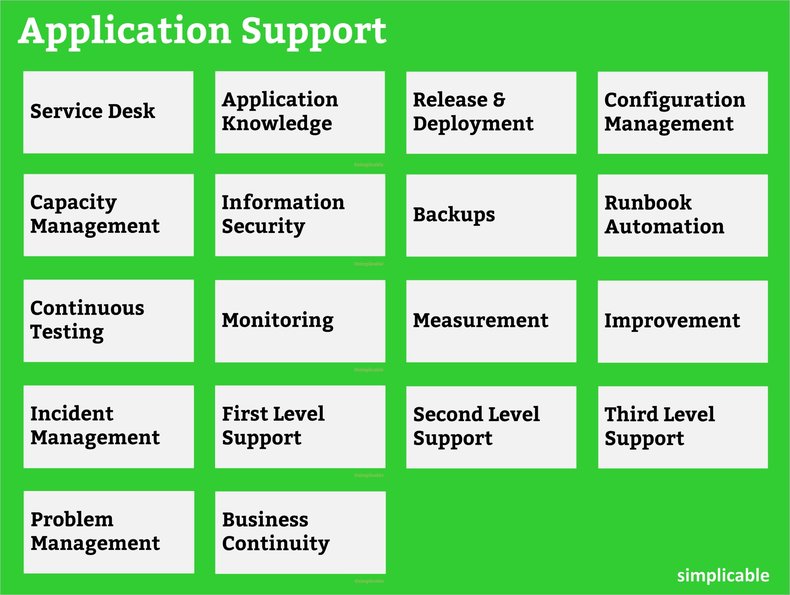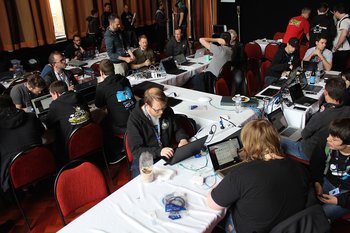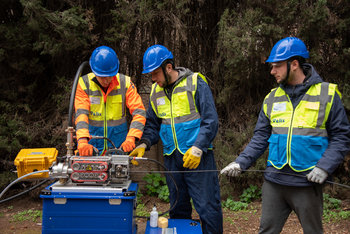

Service Desk
A contact function that allows users to submit requests, report issues and ask questions.Application Knowledge
The process of capturing, using and improving knowledge related to the application. For example, being able to answer common questions in a useful way.Release & Deployment
Deploying changes for the developers of the application.Configuration Management
Maintaining a history of the application's patch level, configuration and design including the current state.Capacity Management
Ensuring that the application has enough capacity such as data storage, computing cycles and network bandwidth. Using resources efficiency without waste.Information Security
Securing the application with techniques such as timely security patches, monitoring and escalation to information security teams.Backups
Backup and restore of application environments and data.Runbook Automation
The process of automating and semi-automating maintenance of the application with tools such as workflow.Continuous Testing
Testing the application on a continual basis to detect problems before they impact users.Monitoring
Monitoring the quality of service, performance and security of the application.Measurement
Measuring and reporting application metrics such as availability and mean time between failures.Improvement
Continually improving application support processes, knowledge and tools.Incident Management
The process of detecting and resolving incidents.First Level Support
The process of performing basic troubleshooting such as determining the likely source of an incident. For example, determining if a server or network is down.Second Level Support
Resolution of incidents by an expert in the application or its underlying infrastructure.Third Level Support
Resolution of incidents by the people in the organization who understand the application best. For example, the developers who coded or configured the application.Problem Management
The process of resolving the root cause of incidents. This can be an extensive process that spans months. For example, replacing an unreliable telecom partner.Business Continuity
Processes for operating the application after a major disruption such as a disaster. For example, maintaining a cold site.| Overview: Application Support | ||
Type | ||
Definition | The process of operating an application. | |
Related Concepts | ||

































